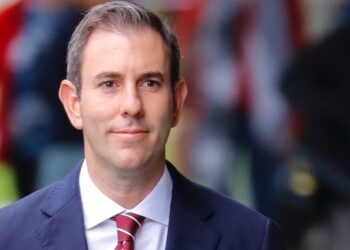Australia’s sovereign wealth fund has added billions in value to the Future Fund over the last 12 months, a strong result given the turbulent market environment.
The Future Fund has reached a record $240.8 billion in assets after returning 7.9 per cent in the 12 months to 31 March, outpacing its 6.9 per cent annual target amid rising global economic uncertainty.
In a statement on Tuesday, the sovereign wealth fund confirmed that the performance added $17.8 billion to the Future Fund’s value over the year and brought its 10-year return to 7.5 per cent per annum.
Total funds under management now stand at $307.6 billion, with the strong result also lifting the value of the other six funds overseen by the Future Fund board by $4.9 billion, with nearly $1 billion in distributions made to support policy programs.
CEO Raphael Arndt said the result reflects a multi-year effort to build a portfolio capable of withstanding a more volatile macro-economic environment.
“This was a strong result that reflects the work we have been doing for the past four years to ensure the portfolio is resilient and flexible to a range of scenarios,” Arndt said.
“We are seeing consequential changes in geopolitical, economic and market environments at the moment and that is causing volatility and uncertainty for investors.”
Looking ahead, the CEO reaffirmed the Future Fund’s forecast for elevated inflation and bond yields amid ongoing economic conditions.
“These are the conditions for which the portfolio has been built over the past five years, and
it has behaved to our expectations in recent months,” he said.
Chief investment officer Ben Samild said that the result over the last 12 months is pleasing given an increasingly difficult market landscape.
“Over the past 12 months there were particularly strong contributions to performance from the alternatives, credit, and infrastructure and timberland asset classes, highlighting the resilience and diversification of the portfolio,” Samild said.
As of 31 March, alternatives made up around 15 per cent of all assets in the Future Fund, with credit representing some 9 per cent. Infrastructure and timberland comprised around a tenth of the fund’s assets.
“Returns also benefited from changes to our currency mix and exposure to commodities, including gold,” Samild said.
“We continue to assess conditions and adjust the portfolio to manage risk and deliver
attractive long-term returns in line with our Investment Mandate.”
It was revealed in November that the Future Fund would get a new investment mandate and statement of expectations, under which it has to consider national priorities – including supporting the energy transition, the supply of residential housing, and infrastructure – when making investment decisions.




